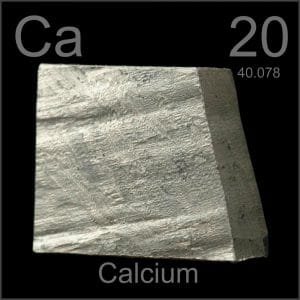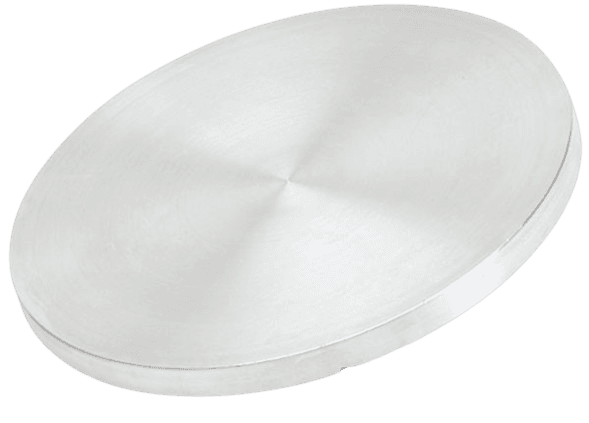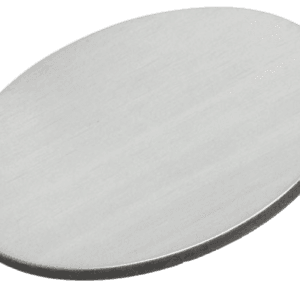Calcium Sputtering Target Description
 Calcium sputtering targets share the properties of metallic calcium. Calcium is primarily used as a reducing agent in metal production. In iron and steel production, it helps remove oxygen, sulfur, and carbon. It is also used in small amounts in copper and beryllium alloys. Various calcium compounds are used in food, pharmaceuticals, cosmetics, and dietary supplements to enhance bone and dental health. Calcium is available in purities ranging from 99% to 99.999%. Oxides and fluorides of calcium are insoluble and used in metallurgy, vapor deposition, and optical coatings. Soluble forms include chlorides, nitrates, and acetates, which can be manufactured as solutions with specific stoichiometries.
Calcium sputtering targets share the properties of metallic calcium. Calcium is primarily used as a reducing agent in metal production. In iron and steel production, it helps remove oxygen, sulfur, and carbon. It is also used in small amounts in copper and beryllium alloys. Various calcium compounds are used in food, pharmaceuticals, cosmetics, and dietary supplements to enhance bone and dental health. Calcium is available in purities ranging from 99% to 99.999%. Oxides and fluorides of calcium are insoluble and used in metallurgy, vapor deposition, and optical coatings. Soluble forms include chlorides, nitrates, and acetates, which can be manufactured as solutions with specific stoichiometries.
Calcium Sputtering Target Specification
| Atomic Weight | 40.078 |
| Atomic Number | 20 |
| Color/Appearance | Silvery White, Metallic |
| Thermal Conductivity | 200 W/m.K |
| Melting Point | 839 °C |
| Coefficient of Thermal Expansion | 22.3 x 10-6/K |
| Theoretical Density | 1.54 g/cc |
| Z Ratio | 2.62 |
| Max Power Density* | 20 Watts/Square Inch |
| UN Number | 1401 |
| Comments | Corrodes in air. |
| Available Sizes | Dia.: 2.0″, 3.0″, 4.0″, 5.0″, 6.0″ Thick: 0.125″, 0.250″ |
Calcium Sputtering Target Applications
Calcium sputtering targets are used for:
- Deoxidizing, desulfurizing, and decarburizing ferrous and nonferrous alloys
- Alloying with aluminum, beryllium, copper, lead, and magnesium
- Applications in the food, pharmaceutical, and medical industries
Handling Notes of Calcium Sputtering Target
- Bonding services for calcium sputter targets are currently unavailable.
- Due to its high chemical reactivity, calcium targets require oil packaging and thorough cleaning to prevent reactions with the environment.
Get Contact
TFM offers Calcium Sputtering Targets in various forms, purities, sizes, and prices. We specialize in high-purity thin film deposition materials with optimal density and minimal grain sizes, which are ideal for semiconductor, CVD, and PVD applications in display and optics. Contact Us for current pricing on sputtering targets and other deposition materials that are not listed.





Reviews
There are no reviews yet.